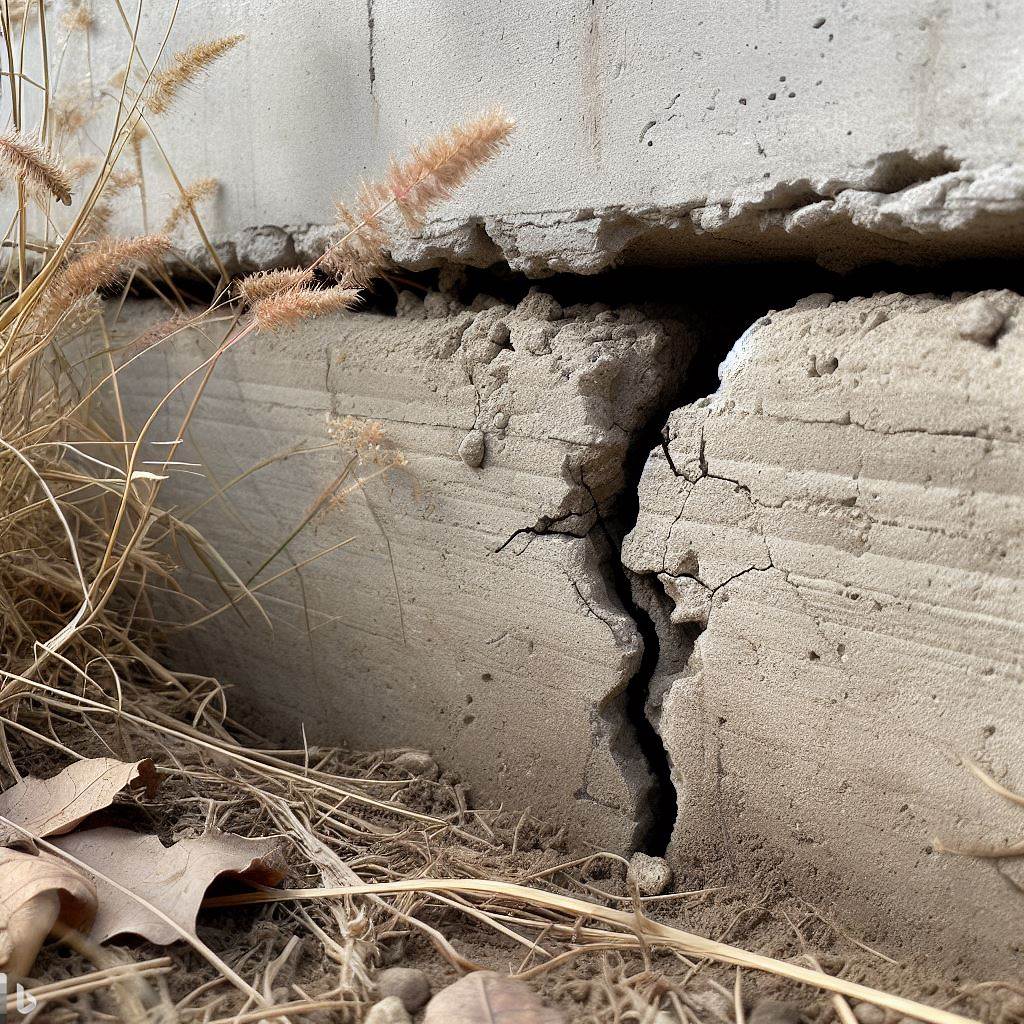When it comes to the stability and integrity of our homes, we often think about external factors such as weather, earthquakes, or even human-made disasters. However, one subtle but powerful force that can significantly affect the structure of a home is hydrostatic pressure from the ground. In this blog, we will explore what hydrostatic pressure is, how it can impact a home, and what homeowners can do to mitigate its effects.
Understanding Hydrostatic Pressure:
Hydrostatic pressure refers to the pressure exerted by a fluid (in this case, water) at equilibrium due to the force of gravity. When the ground becomes saturated with water, either through heavy rainfall, poor drainage, or high water tables, the hydrostatic pressure against the foundation of a home can increase. This pressure seeks to equalize itself, and if not properly managed, it can pose a threat to the structural integrity of a building.
Effects on Foundations:
One of the primary concerns with hydrostatic pressure is its potential impact on a home’s foundation. When the soil around a foundation becomes oversaturated, it exerts lateral pressure against the walls. Over time, this pressure can lead to cracks in the foundation, compromising its ability to support the structure. As water accumulates in the soil, it can also weaken the soil itself, causing settlement or subsidence issues.
Basement and Crawlspace Concerns:
Homes with basements or crawlspaces are particularly susceptible to hydrostatic pressure. Water can seep into these below-ground spaces, leading to dampness, mold growth, and even flooding. The pressure exerted by water on basement walls can cause cracks, leading to structural instability and compromising the livability of the space.
Mitigation Strategies:
- Proper Grading and Drainage: Ensuring that the ground around your home slopes away from the foundation can help prevent water accumulation. Installing proper drainage systems, such as gutters and downspouts, can also redirect rainwater away from the foundation.
- Waterproofing: Applying waterproofing materials to the foundation can create a barrier against moisture. This can include coatings, sealants, and membranes that help keep water from penetrating the foundation walls.
- Sump Pump Installation: Installing a sump pump in basements or crawlspaces can be an effective way to manage excess water. The pump collects and redirects water away from the foundation, preventing hydrostatic pressure buildup.
- French Drains: French drains are subsurface drainage systems designed to redirect water away from a specific area. Installing French drains around the perimeter of a home can help alleviate hydrostatic pressure.
- Regular Maintenance: Regularly inspecting and maintaining your home’s drainage systems, gutters, and downspouts is crucial. Promptly addressing any signs of water damage or foundation issues can prevent more extensive problems in the future.
Conclusion:
Hydrostatic pressure from the ground is a force that should not be underestimated when considering the long-term stability of a home. By understanding its effects and implementing proactive mitigation strategies, homeowners can safeguard their properties against potential structural damage and ensure a safe and secure living environment for years to come.


Recent Comments